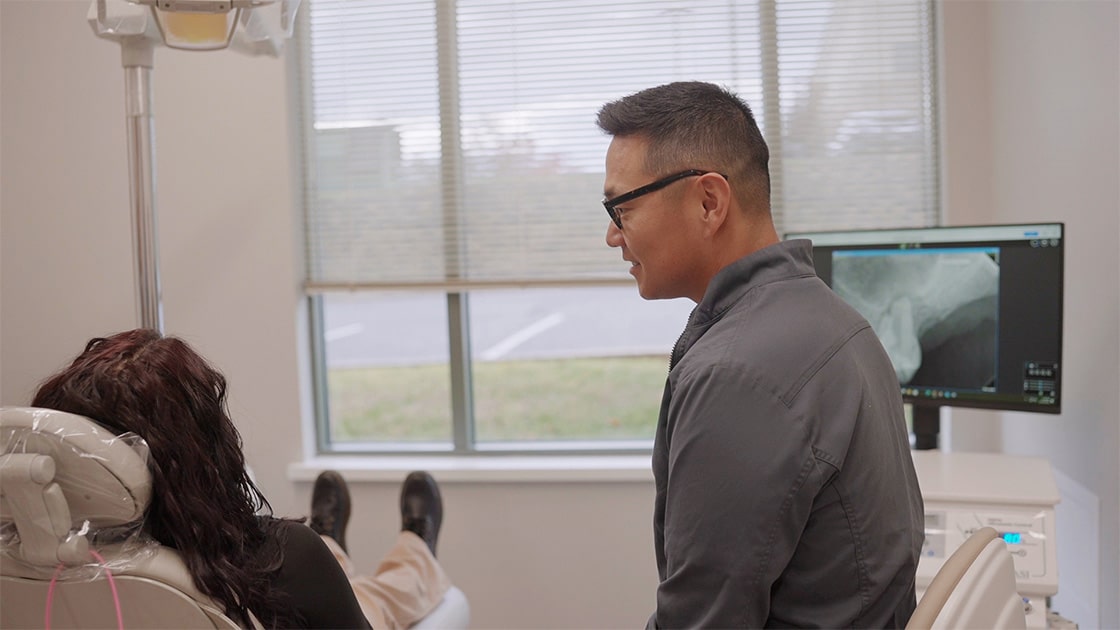What is the recovery time for pulpal regeneration?
Most patients can return to normal activities after their treatment. The entire regeneration process, including follow-up visits, helps monitor progress and ensure complete healing.

Sterling Endodontics provides pulpal regeneration in Baltimore. Contact one of our locations in Glen Burnie, Rosedale or Timonium, MD to schedule an appointment.
Pulpal regeneration is ideal for individuals with infected tooth pulp who prefer a more natural, therapeutic approach over traditional root canals. It's particularly beneficial for younger patients with developing teeth that depend on healthy pulp tissue. If you’re looking to save and strengthen your natural tooth, this treatment may be proper for you.

ADDRESS
PHONE
ADDRESS
PHONE
Tel:
Fax: